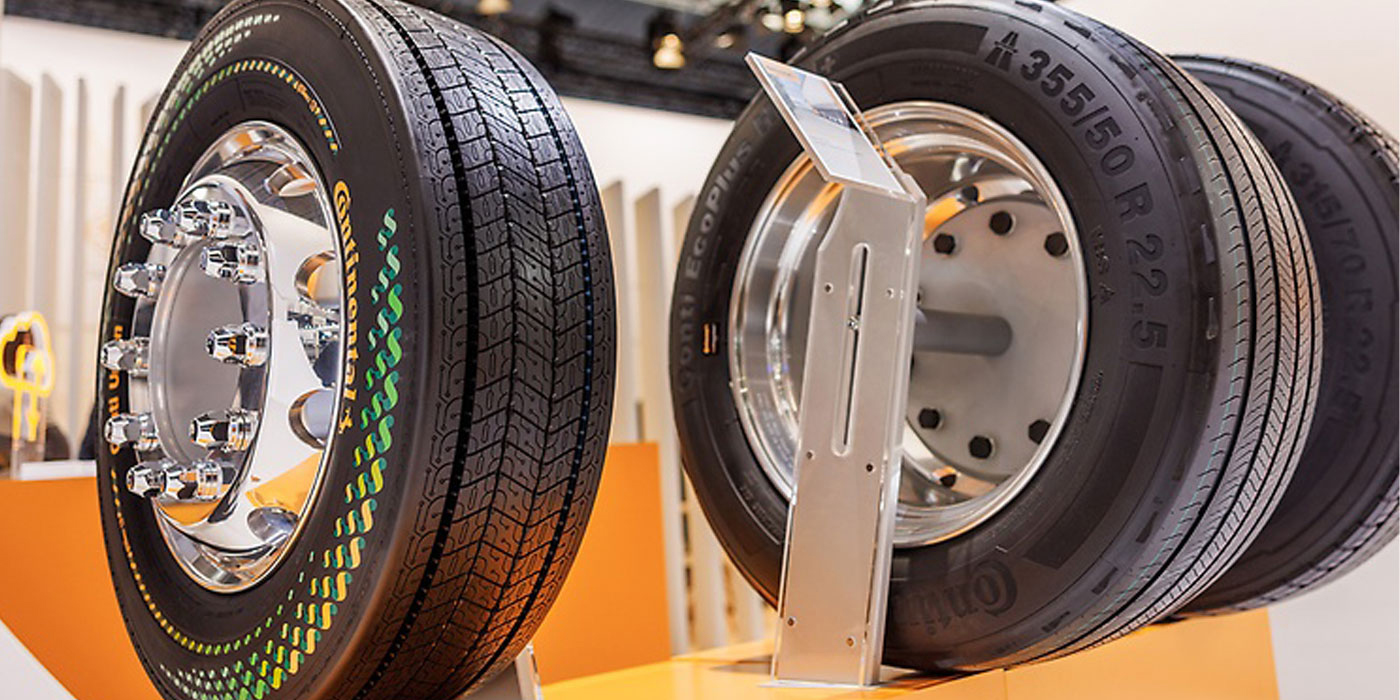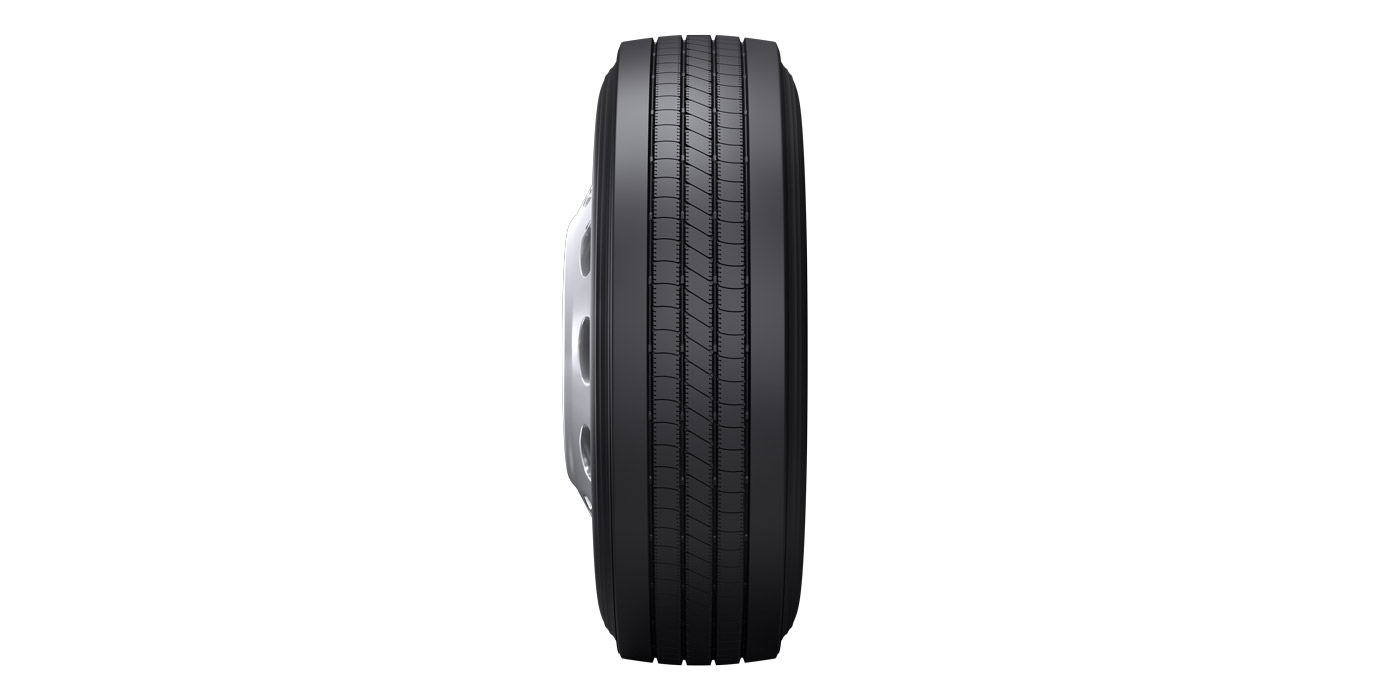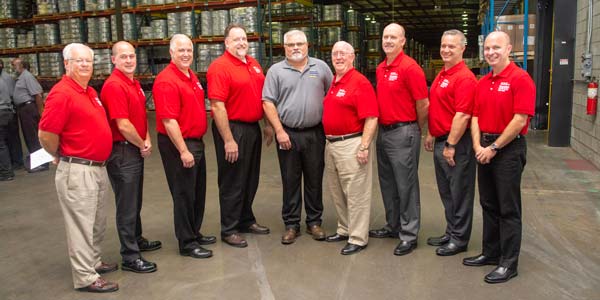After a slight dip in sales in 2009, the retread market has already recovered and resumed its pattern of steady growth. And even during that blip, the segment picked up new customers as fleets looked for ways to cut costs in the face of hard times.
Behind trucks, labor and fuel, tires are the largest expense for commercial trucking fleets. And as such a significant line item in a fleet’s budget, tires are one of the first areas that come under the microscope when owners are looking to save money.
Enter retreads, which have grown in popularity in recent years not only as a way for fleets to save dollars, but also to become more environmentally-friendly in a time when doing so can have a very positive impact with consumers.
“Without a doubt, the economic recession we have experienced over the last two years has had an impact on the entire industry,” says Scott Damon, vice president of marketing, Bridgestone Bandag Tire Solutions. “But in a down economy, fleets will instinctively look for ways to get the most out of their dollars and their assets. Retreading makes sense from an economic standpoint, and maximizes the investment fleets have made in the new tires they have purchased. We have definitely seen an increase in the use of retreads in the market, including customers who have traditionally purchased only new tires.”
Though the economic downturn brought with it a reduction in freight and miles driven, the retread market itself did not plummet as much as the trucking industry, as fleets extended the number of times a casing was retreaded, according to Ted Becker, vice president of marketing, Michelin Americas Truck Tires.
“It’s no secret that the economic conditions of 2008 and 2009 certainly caused fleets and owner-operators to take a close look at all of their costs,” he says. “The crisis helped fleets concentrate more on the total cost of tire ownership. Customers are looking at new solutions, but retreading has remained key to providing a low cost per mile.”
“During difficult economic times, good managers all are looking for ways to contain costs, reduce costs and to maximize the efficient use of their assets,” agrees Bill Sweatman, CEO of Marangoni Tread North America. “Tires are an important asset and a relevant operating expense. In the commercial tire industry, we have seen a rebound of the retreading market and an improvement for us in the new tire-to-retread purchase ratio by commercial fleets.”
Pat Demianenko, national sales manager for Goodyear Retreading, describes that ratio of retreads-to-new as being 1:1.
Adjusting to Supply Changes
During the brief downturn and the resulting rise in retread popularity, both Goodyear and Marangoni shifted their strategies to address customer needs.
“We did change our manufacturing footprint and product offering,” Goodyear’s Demianenko says. “We closed a Spartanburg, S.C., facility and exited the off-the-road strip/slab rubber business. We shifted our cushion gum and truck strip business to our plant in Buffalo, N.Y.”
Marangoni’s Sweatman says the company responded to increased demand by running its production plant at full capacity. Marangoni currently is adding capacity to its plant. “That will come on-stream early next year to handle increased volume and to give even better service to our customers,” he says.
For Michelin and Bridgestone, the basic strategy did not change.
“We are focused on providing our customers the best solutions for lowering their cost per mile,” Becker explains. “Michelin Retread Technologies products, the consistent MRT process, and our network of MRT dealers are key aspects of this strategy. In 2009, we continued to strengthen the network with the addition of Colony Tire and Snider Tire.”
“No two customers are alike,” says Bridgestone’s Damon. “Their needs can be very different and the solutions to those needs can be different, as well. At BBTS, we have a solutions-based philosophy versus a generic one-size-fits-all products and services answer for our customers. Our strategy is simple: listen to the customers, understand their needs and build a solution to fit those needs.”
Evolving Technology
As customer demands change, so, too, must the technology behind retreads. Casing inspection and grading through the use of shearography technology has helped retreaders in the inspection process to reduce the chances of retreading a casing that may have some internal defect – which could affect retread life and performance, Marangoni’s Sweatman says.
He also notes the company’s Ringtread technology has continued to grow in popularity “because the elimination of the splice and the contoured shape of the tread result in significant advantages.”
BBTS’ Damon also touts advancements in casing inspection as being key to the improved technology of retreads. “There have been a number of improvements in the retreading process over the past few years, including matched splice technology and curing optimization, but I would have to say that advancements in casing inspection are among the most significant,” he says. “Casing integrity is key to the successful performance of a retread, and the ability to perform comprehensive casing inspections is a critical first step in manufacturing a high-quality product.”
Another important step forward has been advances in rubber compounding. Sweatman explains that compounding now is being used to achieve specific results, such as lower rolling resistance in order to achieve fuel savings.
“MRT is addressing a key need in the industry: fuel efficiency,” adds Michelin’s Becker. “We provide fuel-efficient products today and are working to always decrease the rolling resistance of our retreads. We also have seen a huge growth in the number of Michelin X One tires being retreaded. We have increased our retread design offerings for this important growth segment of new generation wide-based singles.”
Goodyear also has made compounding advancements to improve fuel efficiency “We incorporate compounds that are similar to our advanced new products, for example, G289 WHA for Waste Service, G622 Unicircle with a high torque compound, and G316/305 Fuel Max with fuel-saving compounds and designs in both trailer and drive positions,” Demianenko says.
Servicing Fleets
With retreads becoming a widely-used option, tire dealers need to set themselves apart from the competition in order to gain valued fleet customers.
“As economic conditions continue to improve, fleets are still looking to reduce costs any way they can,” says Michelin’s Becker. “Quality products that offer fuel efficiency are at the top of their lists. Fleets, large or small, want consistent, reliable service.
“Dealers must create value for the fleet by taking an active role in casing asset management,” he continues. “Successful dealers understand the fleet’s needs, have a quality product, and are able to consistently execute with service. A successful retreader is not just good at the retreading process; the dealer is great at managing a total tire program for his or her customers.”
“Fleets are looking for a partner to help them manage their overall tire program and ultimately reduce operating costs,” says BBTS’ Damon. “This includes offering world-class products and services that fit the specific needs of a dealer’s customers, and providing a comprehensive dealer service network.”
Goodyear’s Demianenko puts it a different way: “Basically, fleets want a tire company to take them out of the tire business – one that responds to their needs in all phases, including retreading, new tires and service. They want a retread supplier to provide a quality retread at a competitive price. They expect no less than a seven-day turnaround on their retreads.
“They expect similar performance from their retreads as they receive from their new tires,” he continues. They expect consistent service and pricing no matter where they are. And they expect a retread supplier to provide them with data, such as the number of times a casing has been retreaded, the number of RARs, the number of retreads the customer used in a given time period, etc.”
As always, execution is the ultimate determining factor, according to Marangoni’s Sweatman. “Saying you can do something is one thing, but actually doing it is a totally different matter. The business will ultimately go to the dealer who can get the job done, and done right, over and over. Dealers must train their people to understand a fleet’s needs and make proper recommendations.”
Dealers would also do well to promote the “green” aspect of retreading. Because after all, “retreading is recycling, and customers who choose retreading are not only stretching their tire-buying dollar, they are making a positive impact on the environment,” Damon says.













